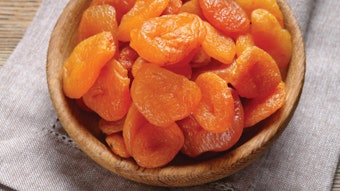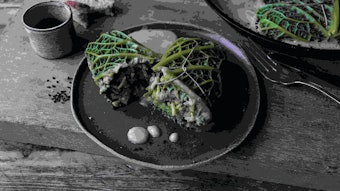Interest in spices and derivatives used as anitoxidants in food goes back more than forty years. Literature data presents a sufficient number of works carried out in order to evidence the antioxidant properties of some spices. Tbe results of this research were parallel to those aiming at the evacuation of bactericidal and bacteriostatic properties of the same spices.
Important experimental studies began in the fifties. However it is possible to find some patents covering the use of some spice fractions as an antioxidant, that were registered in 1938. In fact, U.S. Patent 2,124,706 (July 26,1938 by D. J, Maveety) concerns the use of some fractions obtained from spices for prevention of rancidity in edible oils.
Some works between 1943-1950 also present data about experiments which demonstrate the activity of a very large series of spices in delaying the production of peroxides and free fatty acids. At that time some experiments also demonstrated that antioxidant activity should be correlated with thermal treatment of some spices, Moreover, considering the data reported in an article by Chipault, et al. on the value of a large series of ground spices and relative alcohol, soluble fractions as “Antioxidant Index” (see Table I), one realizes that among the considered spices, rosemary (Rosmarinus officinali L.) and sage (Salvia offlcinalis L.) have been known to have the highest antioxidant power, for some time.










